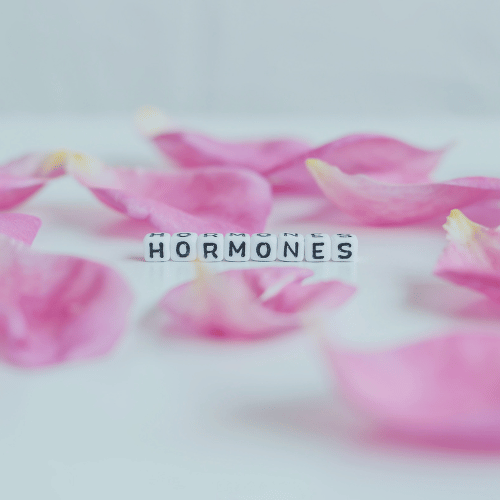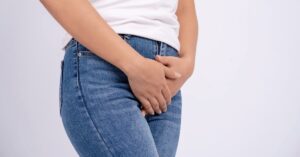
PCOS: Diagnosis, Research & Management
Polycystic Ovary Syndrome is a common endocrine disorder that affects people with ovaries, typically during their reproductive years.
Women Health > Female Hormone Screening

Find Out More


Female hormones play a crucial role in women’s lives, influencing puberty, fertility, pregnancy, menopause, and various health conditions.
Therefore, regular hormone screenings should be integral to every woman’s healthcare regimen.
It is essential to ensure that their hormones are balanced and functioning correctly.

Female hormone screening tests the levels of oestrogen, progesterone, follicle-stimulating hormone (FSH), luteinizing hormone (LH), prolactin, testosterone, thyroid-stimulating hormone (THS), Triiodothyronine (T3 ) and Thyroxine (T4) in your blood.
It is often used to diagnosing conditions like delayed development, infertility, menopause, polycystic ovary syndrome (PCOS), and certain types of tumours.
Regular hormone screenings provide insights into hormonal health and explain sudden changes in your body, weight, or mood, supporting proactive management and early intervention when needed.
It also provides early detection of imbalances like PCOS and thyroid disorders, tracks menopausal changes, evaluates fertility, identifies menstrual irregularities, and helps guides hormone therapy.


If you are experiencing symptoms such as signs of menopause (like vaginal dryness, hot flashes, and/or sleep disturbances) and are under the age of 40, or if you are in your menopausal years, have difficulty conceiving or maintaining a pregnancy, irregular menstrual periods, abnormal vaginal bleeding (including longer-than-usual periods or bleeding between periods), acne, or abnormal hair growth, it is advisable to consider undergoing a female hormone screening.
During menopause, a woman’s hormone levels change drastically, often causing dramatic physical and emotional changes. Symptoms usually associated with menopause include:
Use our online booking engine or book your test by giving us a call.
On the online booking engine select the “appointment type” you need.
You will be seen by one of our friendly doctors or trained clinicians.

The doctor will provide you with all the necessary information, depending on the condition. If this test hasn’t been requested by a doctor, please, book a consultation with one of our GPs to ensure proper management and follow up.

This test involves a straightforward blood draw. A needle is inserted into a vein, typically near the elbow, to collect a small sample of your blood. You may feel a slight stinging sensation during the procedure, but it typically does not last long.

These results should be interpreted by the requesting doctor. If the test was requested by one of our doctors, they will give you a call explaining the results and further management. If the test was requested by a different clinic we will email you the results to the email address you provided at registration.
Incorporated
in 1998
Experienced doctors & a professional team
Registration
not needed
Up-to-date with the latest treatments & testing
Strictly
confidential
Experienced doctors & a professional team
Affordable private
health care
Transparent fee structure with no hidden charges
We work with experienced consultants & healthcare professionals who have received positive feedback from our patients, and with whom we have established long-term relationships.
Latest Episode
Tune in to our podcast to explore the world of healthcare and learn from distinguished special guests. We cover everything from preventative measures to cutting-edge treatments so that you can stay informed and up-to-date on health-related things.

Polycystic Ovary Syndrome is a common endocrine disorder that affects people with ovaries, typically during their reproductive years.

Menopause is a natural biological process that marks the end of a woman’s reproductive years, typically occurring between ages 45

Learn about vaginal discharge: its role, what’s normal, and when to be concerned. Stay informed for optimal health.
Subscribe for latest updates & news


From same-day private GP and blood test appointments to visa medicals, a sexual and reproductive health clinic, and preventative health screenings, we are here to help.
Contact Us
Accepted Insurance Companies






Please note that Walk-in Clinic is a private medical centre & not an NHS service. Harley Walk-in Clinic Ltd company registration no. 07472804